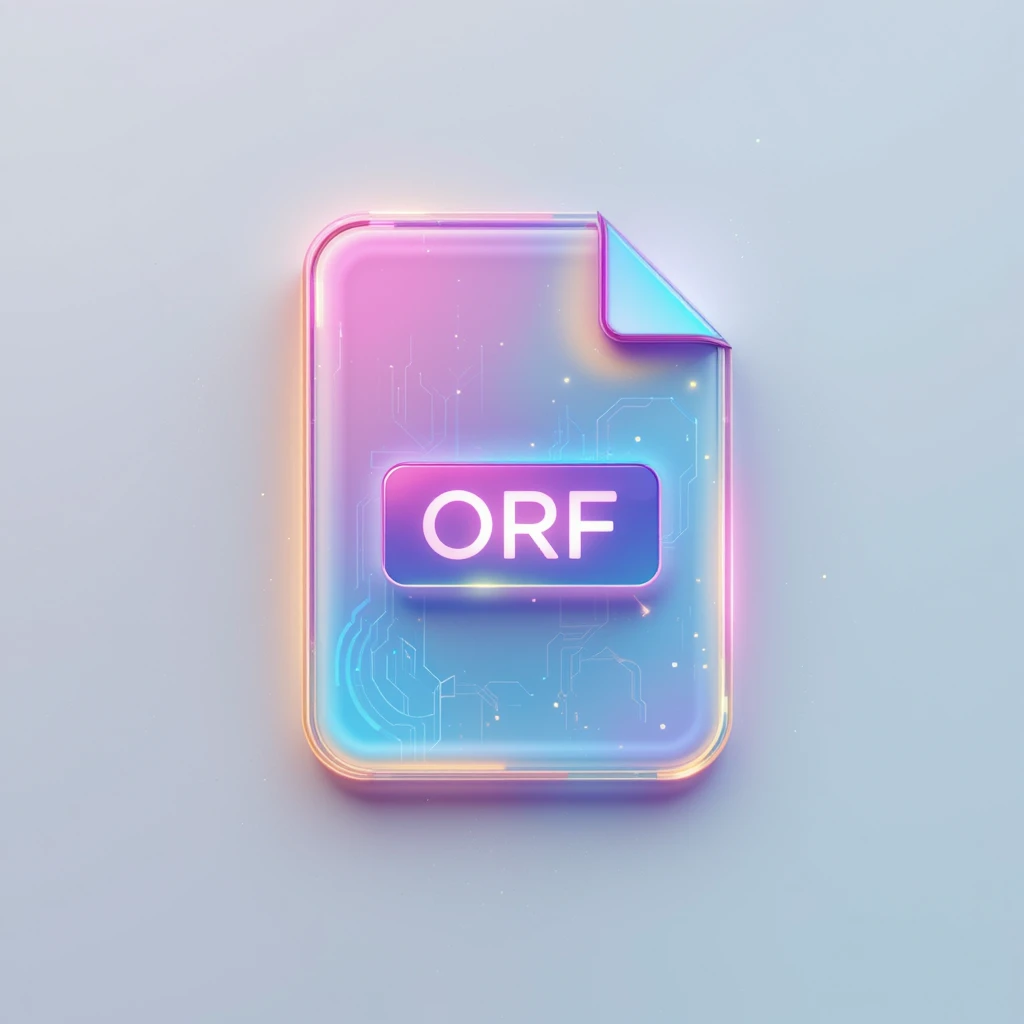Image to ORF Converter Tool
Image to ORF Converter Tool
Convert 100+ image formats to Olympus ORF format directly in your browser
Supports: JPG, PNG, WEBP, RAW (CR2, NEF, ARW, RAF, DNG, RW2, PEF, SRW, DCR, etc.)
Advanced Conversion
Precision conversion to ORF format with metadata preservation
Browser-Based Security
Your images never leave your device during conversion
Olympus ORF Support
Specialized conversion optimized for Olympus cameras
The Complete Guide to Using an Image to ORF Converter Tool for Olympus Photographers
Understanding the Need for an Image to ORF Converter Tool
Professional photographers working with Olympus cameras often require specialized tools to manage their RAW files. The Image to ORF Converter Tool serves as an essential solution for converting various image formats to Olympus’ proprietary ORF RAW format. This conversion process enables photographers to maintain maximum image quality while benefiting from Olympus-specific processing capabilities.
This comprehensive guide explores the technical aspects of ORF files, practical applications of conversion tools, and how photographers can optimize their workflow using these specialized utilities.
What Are ORF Files?
ORF (Olympus RAW Format) files contain unprocessed image data captured by Olympus camera sensors. Key characteristics include:
- Lossless compression preserving all original image data
- 12-bit or 14-bit color depth for superior editing flexibility
- Camera-specific metadata including lens corrections and settings
- Larger file sizes compared to JPEG but with more editing potential
The Image to ORF Converter Tool allows photographers to convert other RAW formats or high-quality JPEGs into ORF for consistent processing within Olympus software ecosystems.
Key Benefits of ORF Conversion
- Workflow Consistency
Maintain uniform file formats when combining images from multiple camera systems - Full Compatibility
Ensure seamless integration with Olympus Viewer and other proprietary software - Non-Destructive Editing
Preserve maximum image data for post-processing adjustments - Metadata Preservation
Retain important camera information for professional workflows
For reliable conversions, tools like Ahmad Free Tools provide accessible solutions.
How to Convert Images to ORF Format
Method 1: Using Dedicated Conversion Software
- Select source images (CR2, NEF, DNG, or high-quality JPEG)
- Choose ORF as target format
- Adjust conversion parameters (bit depth, compression)
- Process and save the new ORF files
Method 2: Online Conversion Tools
Web-based converters offer:
- No software installation required
- Cross-platform accessibility
- Quick processing for single images
For other format conversions, explore Find Tech Today’s Image to JXL Converter.
Method 3: Olympus Software Suite
- Use Olympus Workspace for native conversion
- Maintain all camera-specific processing features
- Ensure perfect metadata compatibility

Technical Comparison: ORF vs Other RAW Formats
| Feature | ORF | CR2 (Canon) | NEF (Nikon) | DNG |
|---|---|---|---|---|
| Compression | Lossless | Lossless | Lossless | Lossy/Lossless |
| Bit Depth | 12/14-bit | 14-bit | 12/14-bit | 12/14-bit |
| Metadata | Extensive | Extensive | Extensive | Standardized |
| Software Support | Olympus-specific | Universal | Universal | Universal |
Professional Applications of ORF Conversion
1. Multi-Camera Workflows
Combine images from different systems while maintaining ORF consistency
2. Archiving Legacy Images
Convert older RAW files to ORF for unified catalog management
3. Specialized Editing
Utilize Olympus-specific color profiles and corrections
4. Forensic Photography
Maintain evidentiary quality in legal and scientific applications
Selecting the Right Image to ORF Converter Tool
When evaluating conversion tools, consider:
- Metadata handling for preserving camera information
- Batch processing capabilities for efficiency
- Color depth options matching original files
- Local processing for sensitive or proprietary images
- Output validation ensuring file integrity
Limitations and Considerations
While ORF conversion offers advantages, photographers should note:
- No true sensor data recreation – Converted files won’t match native ORF captures
- Software dependencies – Some features require Olympus-specific software
- File size considerations – Storage requirements increase with RAW formats
- Learning curve – New users may need time to adapt to workflows
Optimizing ORF Conversion Results
- Start with highest quality sources – Preferably original RAW files
- Verify metadata preservation – Especially for professional applications
- Test compatibility with intended editing software
- Maintain backups of original files before conversion
Conclusion
The Image to ORF Converter Tool provides Olympus photographers with valuable flexibility in managing diverse image collections. By understanding the conversion process and selecting appropriate tools, professionals can streamline their workflows while maintaining the highest quality standards.
For more imaging tools and professional photography resources, visit Find Tech Today – your comprehensive guide to photographic technology and workflows.






